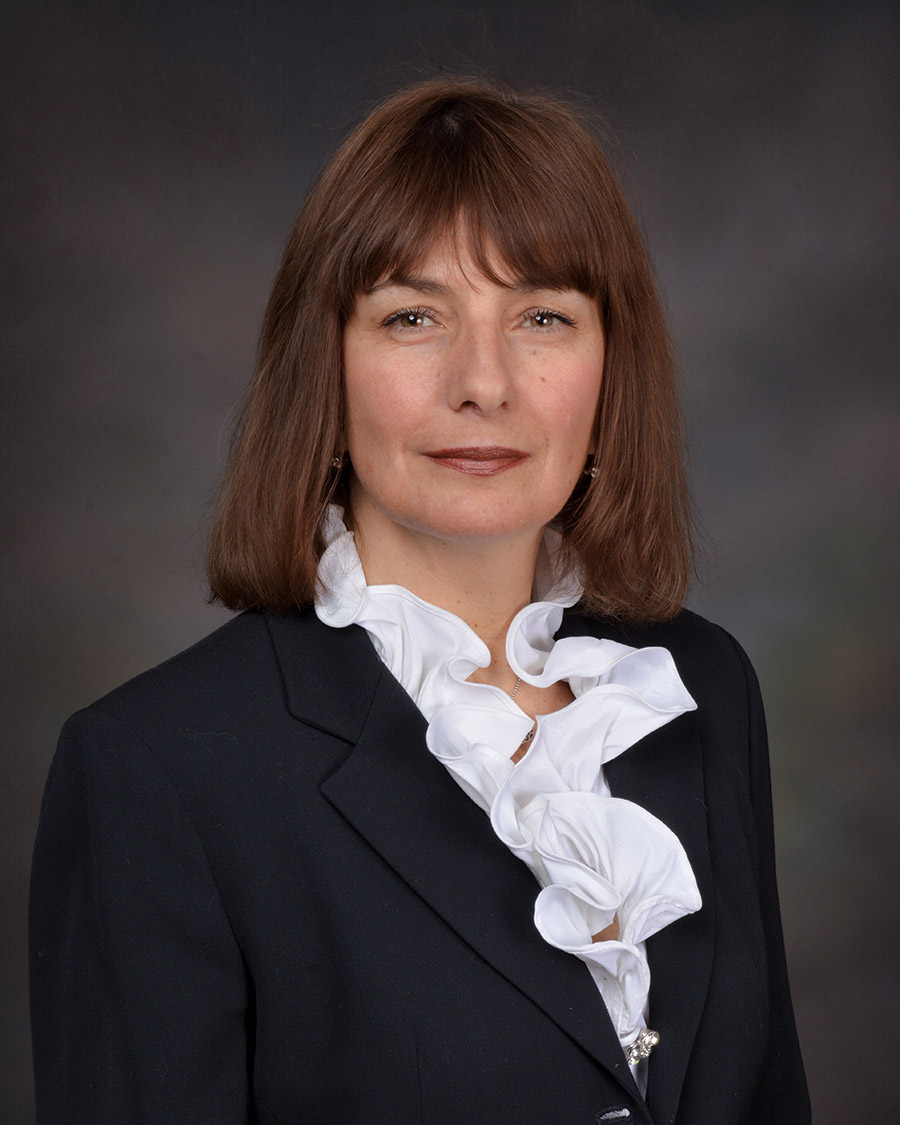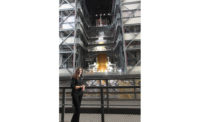
Related Article:
Mind-bending Job to Shape Exposed Shotcrete Structure of Gilder's Curvy 'Canyon'
Back to:
25 Top Newsmakers
Carla Sciara began working in construction as a design drafter for an electrical contractor on its Four Seasons Hotel project in Manhattan—the first hotel designed by the renowned architect I.M. Pei. As was the custom in 1992, she drafted shop drawings by hand, on vellum, before they were reproduced and sent off for approval.
It seemed like an inauspicious first job, but it was more than that because the construction manager took notice of her work. “Tishman asked me for my resume,” says Sciara, currently an executive vice president at AECOM Tishman.
Six years later, Sciara started working for Tishman as the mechanical-electrical-plumbing project manager for the Condé Nast offices in Manhattan’s Four Times Square. The flashy curvy glass wall in the employee cafeteria was by another well-known architect, Frank Gehry.
Sciara never left Tishman, moving up from MEP manager to overall project manager and carving herself a niche in fascinating but challenging institutional and cultural projects—often designed by famous architects. A partial client roster includes the Metropolitan Museum of Art, Carnegie Hall, the New York Public Library and Pace Gallery.
Topping the list, she says, is the American Museum of Natural History’s $465-million Richard Gilder Center for Science, Education and Innovation, an infill addition to the museum that opened last May, designed by well-known architect Jeanne Gang. Sciara calls the project “a culmination” of her career, because of its educational importance and its mind-bending 80-ft-tall skylit main entry hall—six levels of amorphous bearing walls designed to resemble a canyon.
Growing up in New York City’s borough of Queens, the daughter and granddaughter of union electricians spent many hours tinkering in her father’s shop. A most memorable gift from a great uncle was a kit containing a tape measure, a hammer, a screw driver and a wrench. “My cousins and sisters got a plush animal or candy,” she says.

Carla Sciara
At Gilder Center, after structural engineer Arup suggested shotcrete to form the canyon walls and pedestrian bridges, Tishman searched the nation for a specialist able to handle the nonorthogonal structure. After seeing three mock-ups, Tishman awarded the job to COST of Wisconsin, for it had the best understanding of the shapes and the lowest bid.
Tishman had the temporary works modeled in 3D, which is not typical, says Michelle Roelofs, Arup’s associate principal. Arup then overlayed the temporary works model on its own 3D structural model and canyon-wall rebar model.
Sciara assigned a team of four from Tishman to oversee the shotcrete operation. At the peak, its team for the 230,000-sq-ft addition numbered 32. “From a square footage point of view, this was a great deal of people,” says Sciara, who emphasizes that the project was a collaboration of all the stakeholders, from the owner on down the line.
“Carla was very committed and enthusiastic about the project and that was instrumental to its success,” says Roelofs.
Sciara took her responsibilities seriously, especially for the live butterfly conservatory and the insectarium. “When someone tells you the ants are leaving their home at the University of Oregon and arriving on a certain day,” it’s important to have their new home ready, she says.
In retrospect, for Sciara, “the most phenomenal” part of Gilder was not the canyon, but the “amazing” new connections into the main museum. “A wall was here and then it was gone and I’m suddenly in the jaws of T. rex,” she says. “There’s something about that that has to make you smile.”
All ENR 2023 Top 25 Newsmakers will be honored at the Award of Excellence Gala on April 11 in New York City.






Post a comment to this article
Report Abusive Comment